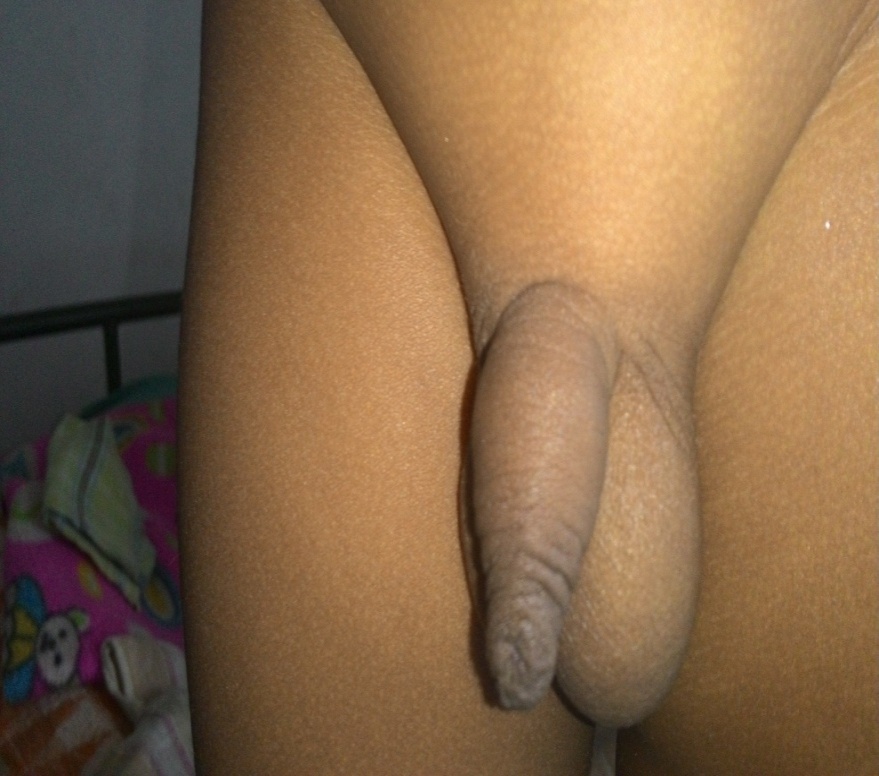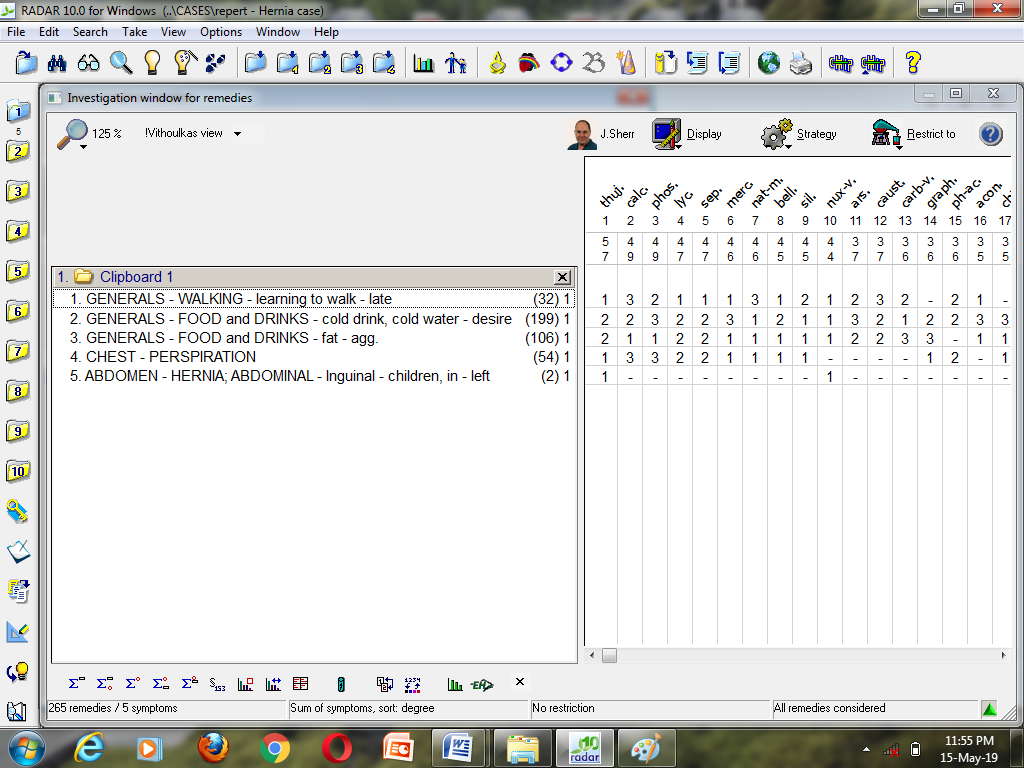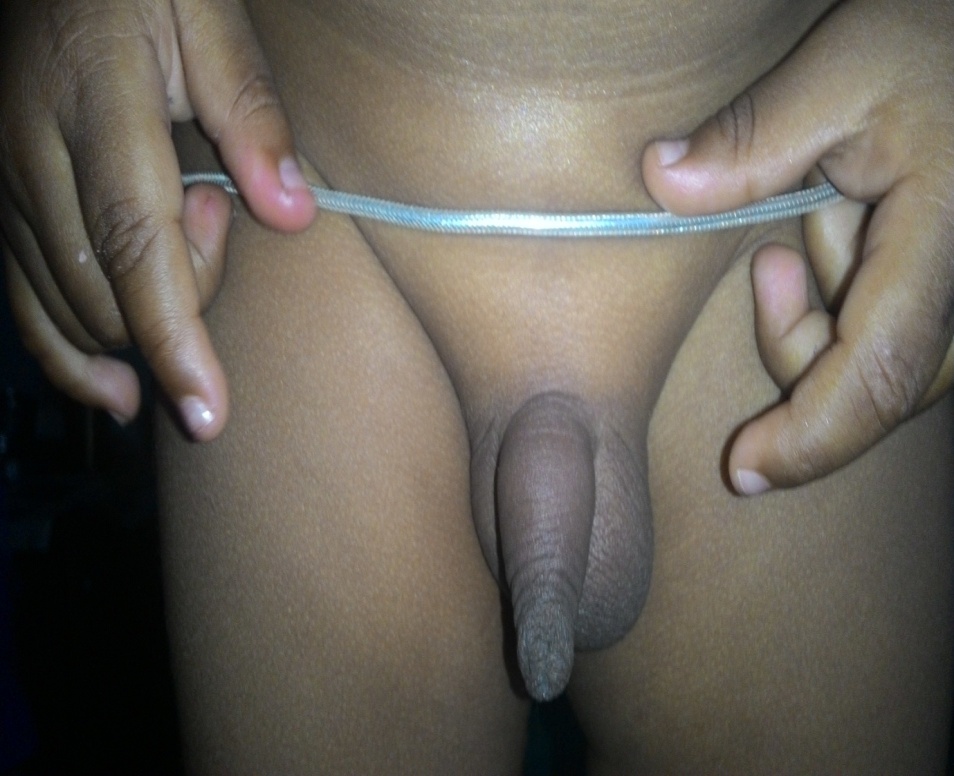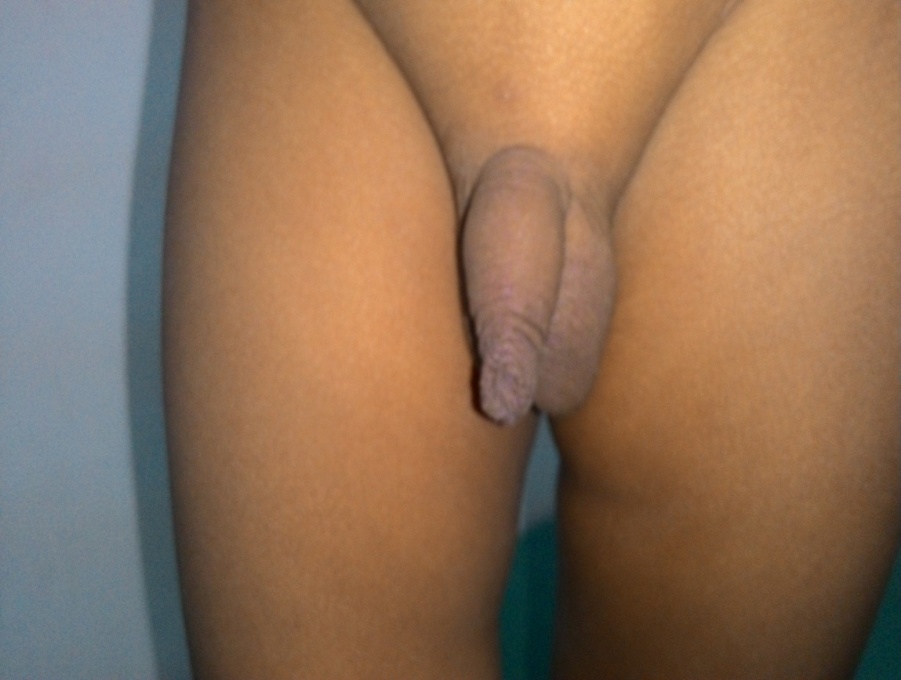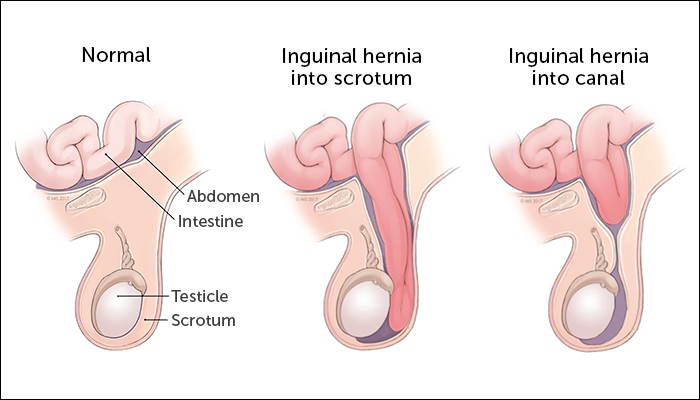
Inguinal Hernia: Types, Symptoms, Diagnosis & Treatments with Homeopathic Medicine
Abstract: Inguinal hernia is the most common type of hernia. It can appear as a swelling or lump in the groin or as an enlarged scrotum. It can occur both in adults and children. The most frequent cause of inguinal hernia in children is an abnormality in the embryonic development. The incidence of inguinal hernia in infants and children is about 1-5%. Although a surgical disease, homoeopathy can do wonders in inguinal hernias of children. Here is a case of inguinal hernia in a child, effectively managed with homoeopathic treatment.
Key words: inguinal hernia, children, homoeopathy, cure.
Introduction: A hernia is the protrusion of a viscus or part of a viscus through an abnormal opening in the walls of its containing cavity.(1) An inguinal hernia is the protrusion of intra-abdominal contents through a defect in the abdominal wall. It can be fat, bowel or genitourinary tract.(2) Inguinal hernia can be indirect or direct. An indirect inguinal hernia travels down the inguinal canal on the outer side of the spermatic cord. It forms as a result of the failure in the obliteration of the processus vaginalis, and the opening favours herniation of the abdominal contents. A direct hernia comes out directly forwards through the posterior wall of the inguinal canal. It forms as a result of the weakening of the posterior wall of the inguinal canal. Inguinal hernia in infants and children are almost always indirect.(1)
Inguinal hernia is more common in males than in females. Premature birth increases its incidence. Most pediatric inguinal hernias are detected during the first year of life. Sometimes, they are detected even later in life. The child usually presents with a bulging of the scrotum with or without pain or discomfort. Mostly they are painless, unless there is any complication. The bulge may become more prominent when the child cries or strains. Complications of inguinal hernia include incarceration and strangulation. They can result in sequelae like gonadal dysfunction, intestinal necrosis and perforation, intestinal stricture, testicular necrosis, testicular atrophy, ovarian necrosis, ovarian atrophy and tubal stricture. They can become life threatening if not managed effectively.(3)
CASE REPORT:
A male child aged one and a half years old presented with a bulging of left testicle on 30/5/2016. According to his mother, he had been suffering from the complaint for the last 2 months. She told us that the swelling got worse on passing stool and urine, after food and on crying. The child often screamed before micturition.
History of presenting complaints
The swelling appeared before 2 months, gradually. He was not given any other treatment for the complaint. There is no relevant previous illness or treatment reported.
Physical generals
His appetite was good and he had increased thirst for cold water. He had good sleep. He had irregular bowel movements. His urine was normal and he had increased perspiration on chest. He had an intolerance to hot climate and he had a desire for cold food and drinks and fatty food caused diarrhea.
Mental and emotional state
He was active, restless, sociable, obstinate, got easily angered and he had the habit of throwing things when angered.
Milestones of development
The baby had a premature birth. He had delayed walking (stability not attained yet). Other milestones were normal. His birth weight was 2.6 kg.
Pregnancy history
Mother had difficult labour.
PHYSICAL FINDINGS
General examination
His vitals were normal and he had a body weight of 9kg.
Systemic examination
The swelling was pear shaped with well-defined edge which extended up to the scrotum. Expansile cough impulse was present, which was palpable. On percussion, resonant note was heard, which shows that it contains intestine.
TRANS-ILLUMINATION TEST (8)– negative as it contains no fluid.
PROVISIONAL DIAGNOSIS–Indirect inguinal hernia.
DIFFERENTIAL DIAGNOSIS
Hydrocoele– it is a collection of fluid within the processus vaginalis which produces swelling in the inguinal region or scrotum. It is due to the failure in the closure of processus vaginalis during embryonic development. A reactive hydrocele develops as a result of trauma, infection or a defect in lymphatic drainage.(4) In the above case, percussion revealed resonant notes showing that the bulging contained intestine and not fluid. Transillumination test was negative.
Orchitis– it is an acute inflammatory reaction of the testis, secondary to an infection. Most cases are associated with viral mumps. Other viruses and bacteria can also cause orchitis. Induration of the testis, tenderness, erythema and oedema of the scrotal skin can be seen (5) .In this case, the testis has no induration or tenderness, and erythema and oedema of the scrotal skin are not seen.
Based on the totality of symptoms, the patient was given a dose of Thuja occidentalis 200.The symptoms which were considered in erecting the totality were:
- Late learning to walk
- Desires cold drinks
- Fatty food aggravation
- Sweat increased on chest
- Inguinal hernia of left side in children
RADAR 10 (6)(Synthesis repertory) was used in repertorising the case.
Repertorial analysis
Thuja occidentalis-7/5
Calcarea carbonicum-9/4
Phosphorus-9/4
Lycopodium clavatum-7/4
Sepia officinalis-7/4
Justification of the remedy and remedy differentiation
All the symptoms in the totality were covered by Thuja occidentalis. The main action of Thuja occidentalis corresponds with the sycotic dyscrasia. It is a left sided remedy. One of the abdominal symptoms of Thuja occidentalis is ‘protruding here and there’, i.e. hernia.(7)
Calcarea carbonicum – the abdominal complaints are mostly of the right side. Hernia is on the left side. It is mostly indicated in umbilical hernia. Calcarea carbonicum becomes worse from cold in any form(7) as well as worse from hot.
Phosphorus – the abdominal complaints of Phosphorus are mostly of right side.(7)
Lycopodium clavatum – is a right sided remedy and desires warm drinks. It is indicated in right sided hernia.(7)
Sepia officinalis – indicated in abdominal symptoms of right side(7), but the patient has left sided hernia.
Follow up
| DATE | SYMPTOM | PRESCRIPTION |
| 6/6/2016 | -Bulging slightly better -Screaming before micturition occasionally present | Placebo |
| 13/6/2016 | -Bulging better -No screaming before micturition | Thuja occidentalis 200 1 dose |
| 20/6/2016 | -No bulging -No screaming before micturition | Placebo |
–
Pictures showing progressive improvement
13/6/2016
20/6/2016
Conclusion
Today, inguinal hernia repair is one of the most common pediatric surgeries performed all over the world. The modern medicine recognises no other option for managing paediatric inguinal hernia. The carefully selected homoeopathic remedies can change the scenario of retorting to surgeries for hernia repair. Let the young ones stay happy with the sweet pills and let not the pain hinder their cheerfulness.
REFERENCES
- CHARLES M.V,RUSSEL R.C.G, NORMAN W.S; Bailey and Love’s Short Practice of Surgery,22nd ed; London; Chapman and Hall;1995
- Lana C; Inguinal Region Anatomy;2017;Aug 15;Available from:https://emedicine.medscape.com
- Andre H; Pediatric Hernias;2018;Oct 31;Available from:https://emedicine.medscape.com
- Ortenberg J; Pediatric Hydrocele and Hernia Surgery;2018;Nov 13;Available from:https://emedicine.medscape.com
- Nataisia T;Orchitis;2017;Aug 16;Available from:https://emedicine.medscape.com
- RADAR Version 10.
- Boericke W; New Manual of Homoeopathic Materia Medica &Repertory;9th ed; New Delhi; B. Jain Publishers;2000;P.143,145,399,400,620,621,1306
- Muhammad I, Waldron Ronan et al; Transillumination: shining a light from within;2014;Available from:https://www.ncbi.nlm.nih.gov
About the author
Dr Dhanya G. Nair, BHMS, MD(Hom.) (Practice of Medicine)
Consultant Physician at Dr Dhanya’s Homoeopathic Multispeciality Clinic, Thottakad, Kottayam, Kerala, South India
Author of articles in national and international journals in homoeopathy. Has published articles titled “managing pneumonia homoeopathically based on the general symptoms: a case report” in the july 2019 issue and “constitutional approach in homoeopathy cured hypothyroidism: A case report” in the November 2020 issue of The Homoeopathic Heritage.


